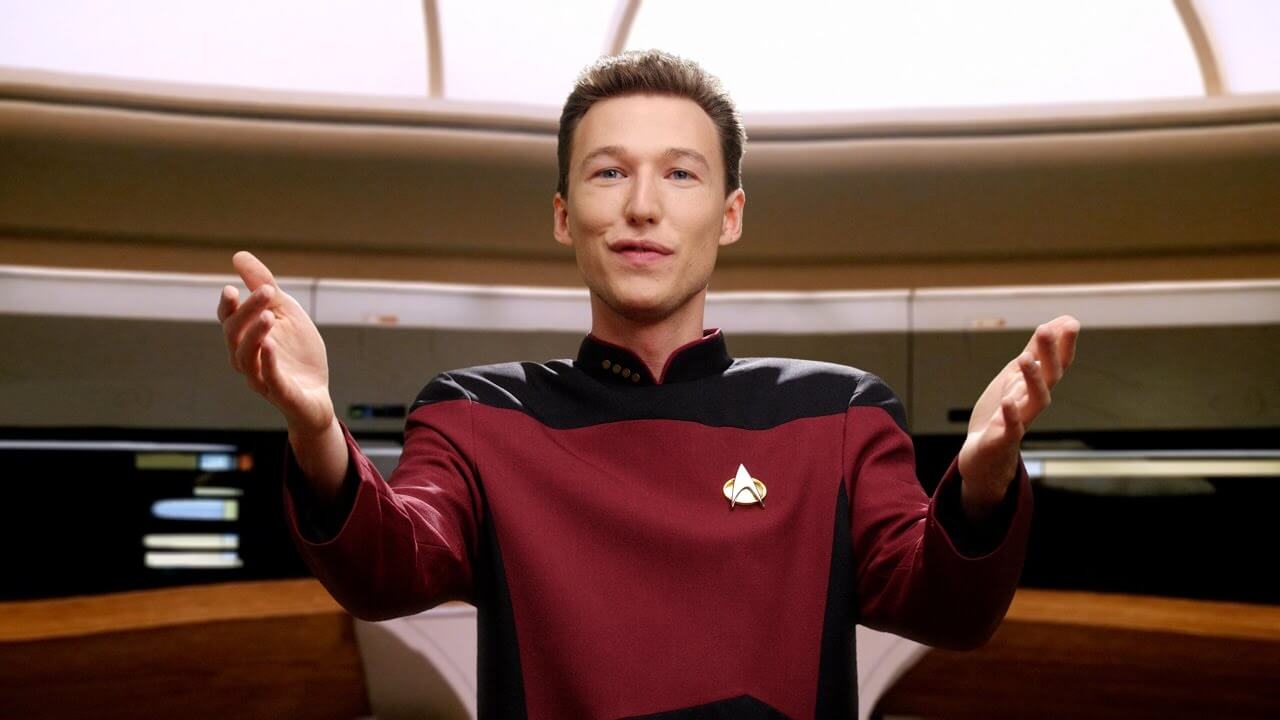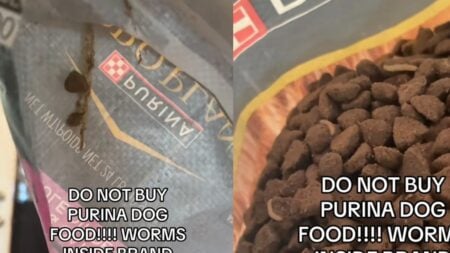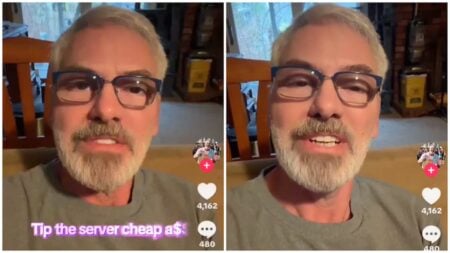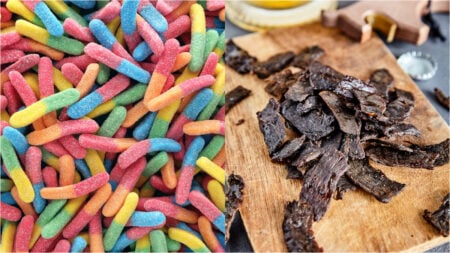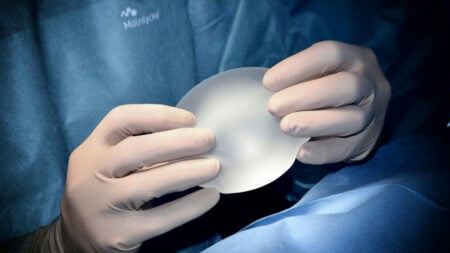Australian music producer Nick Bertke hears the music beyond a soundtrack. Using the name Pogo, he remixes sounds from television, films, video games, and even daily life. Pogo became a viral internet hit with his acclaimed remixes of films like Alice and Wonderland and Pulp Fiction. He’s since gone on to work with companies like Pixar and Nickelodeon. Pogo’s music creates a new way for fans to experience their favorite art pieces.
We took the opportunity to talk with Nick Bertke about his journey as Pogo, the challenges of being a remix artist, and his ambitious Pogo World Remix project. He even dissected his latest video and clarified a long-standing misconception about his last album, Kindred Shadow.
How did you begin making music? In what ways has your career changed since you began?
Well, I was watching Disney movies several years ago and it occurred to me that there are a lot of sounds in these films that would make amazing instruments. If you were to take all the sounds of these films and create a track wouldn’t it be kind of cool to listen to the movie in a song form on your iPod? There were artists doing similar things, like Marc Leclair. He would piece all these tiny sounds together to make this amazing cacophony of music and I thought, “what If I did this with movies?”
I went on to do this with Up, a Disney-Pixar film. I got to fly out to the Pixar campus in San Francisco and they sent us out with a Blu-ray of the film. Three weeks later I made the track in the video. Pogo has changed my life. It’s given me a career. It’s given me a way to pay my bills doing what I love doing and I’m just incredibly lucky.
What’s your creative process like? Do you begin with an idea of what the tune will sound like before selecting the source material?
One of the great things about piecing music together this way is you don’t really know what you’re going to end up with. Sometimes you can have a small figment in your brain of what you might end up with, but the excitement is not knowing and kneading these sounds together and seeing what happens.
It does pretty much always start with hearing something that sounds really nice, like the certain way that an orchestra plays a chord or the way that Alice says a line super breathy in the old Disney film. In the case of the Mary Poppins track I started out with a vocal track that had no music at all and then I put music behind it, which I think is the first and last time I did that. It’s an explorative process.
How long does the average mix take to produce?
The average mix takes about three to four weeks to produce. But a mix including video can take longer, depending on how many drafts the client wants to go through. I’ve also managed to do things in 2-3 days.
[embedyt] https://www.youtube.com/watch?v=JVxe5NIABsI[/embedyt]
[gap height=”15″]
One of your latest releases, “Data & Picard”, is a Star Trek mix featuring Captain Picard and Commander Data. How did you make the decision to focus on those two characters for the video?
Well, I had no intention of doing a video at all. In fact, I remember finishing the track and not really liking it much at all. I didn’t think that it worked. I thought that the vocals were too auto-tuned, et cetera. But it kind of grew on me and I fixed it up a bit. And I decided it would be cool if I made a video for this. So, I ordered a replica of Captain Picard’s tunic from Anovos. I got a bit of makeup and I did all the filming.
What were some of the obstacles that you had to overcome for this video?
I basically turned my dining room into a green screen studio. I had to go and rent a whole bunch of lights, camera gear, and a big green screen. It was long hours into the night for many nights. Eventually, I had the footage ready to go. But I didn’t have the right color tunic [for Data], so I had to change the color of the tunic to yellow in post. I also couldn’t get the contact lenses into my eyes, so I had to paint my eyes in post, which was a nightmare. But the makeup was quite successful. I actually managed to find the exact makeup they used on Brent Spiner throughout the 80s. It was exhausting and the makeup got onto all of my gear, but it was a great experience and I think it came out quite well.
This is a mystery that’s probably been bugging a few people. What’s in the cup at the beginning of the video?
When I was on touring the United States in 2011, we asked for some beers backstage and they brought us two giant crates of Blue Moon. This was one of the first true American beers I had tasted and liked. So, ever since then I’ve been looking for Blue Moon and they started selling it in Australia. I needed a beer to put in this pint glass for the opening shot of “Data & Picard”, so I thought that I might as well put Blue Moon in there and have an anecdote for people who ask.
[embedyt] https://www.youtube.com/watch?v=bl5TUw7sUBs[/embedyt]
[gap height=”15″]
When you’re creating a mix from a Television series, like with “Catchatronic”, how do you select which episodes you’ll pull footage and sounds from?
Well, “Catchatronic” was a similar project to The Fresh Prince of Bel-Air, in that I had a whole bunch of seasons to get through. In the case of the Pokémon series, they wanted me to go through seasons 6,7, and 8 – something like that. So, I did that. But in the case of The Fresh Prince of Bel-Air I think I went through the first three or four seasons until I felt like I had the sounds I needed. You sort of get to a point where you have enough to flesh something out. It’s really bizarre.
You’ve previously worked on projects for big names like The Pokemon Company, Showtime, and Pixar. How did you find those opportunities?
I think the way that the Disney contracts came through was with “Alice”. It was going quite viral and I get this message from a lady who claims to work for Disney. I’m very incredulous, but it turns out to be real and the next thing I know I’m on a plane flying to these guys and meeting with the folks at Pixar.
What was that experience like?
Just getting to meet these people because of my music was an unreal experience. It’s Just one of those things that there’s really no formula for. It just falls in your lap and you just thank the gods. I’ve very rarely had to sell my work you make something you like and put it on the internet and fingers crossed you get an email. That’s the marvel of self-publishing and that’s one of those things that’s so great about YouTube. It gives people that power.
[embedyt] https://www.youtube.com/watch?v=pAwR6w2TgxY[/embedyt]
[gap height=”15″]
How different is a Pogo live show from your usual creative process?
It’s very different in a lot of challenging ways. It’s very hard putting a track together in front of a few hundred people. The idea with Pogo Live is to have all of these sounds, on this huge grid in front of me, synchronized to the video clips, so that I can take voices from Alice in Wonderland and put them together with sounds from Terminator 2 or Lord of the rings. The idea is to do it all live so that you’re creating something that people haven’t seen or heard before. And it’s a new experience for people. For me, it’s about getting people to become immersed in this world of reinterpretation. And people come dressed up in Darth Vader helmets and Wizard of Oz costumes. We’ve had people come with helmets based on the Pogo logo. It’s been amazing.
Some of your projects have been remixes of sounds and scenes from other cultures. Have these journeys impacted your music?
I’ve always thought that travel can change you a lot. Some of the most amazing memories I have are from walking up the mountains in Bhutan. Walking up to these monasteries, where these monks are meditating for months on end, and pulling out a microphone and a camera to film them striking drums and hitting bells. Then you’re walking back down this mountain and some farmer pulls you aside and offers you milk. His daughter was reciting poetry, so I filmed and recorded her. She became the vocals in “Kadinchey”. You’re away from the internet and it’s just you and the sights and sounds.
Do you have any plans to make more tracks like that?
The only real problem I had was that I crowdfunded the whole thing before I left Australia. What that meant was that when I got back there were thousands of people saying, “Okay so when’s it going to be done? How many days are we talking?” I found that quite claustrophobic. So, I think in the future I would like to do these funded myself. I think some people fund off that energy, but I found it strangles your relationship with your work. My advice to people would be to think twice about going super public with your artwork and always try to keep it close to your chest if you can.
[embedyt] https://www.youtube.com/watch?v=-tCc4abTuaE[/embedyt]
[gap height=”15″]
Are there any films, TV series, or video games that you’d be excited to work with?
Well, Stranger Things is quite good at the moment. I’ve had a lot of requests to do Stranger Things. I don’t usually do the whole requests thing, but I do see the show working quite well. And then there’s Rick and Morty. Someone requested the original Alien movie – The Ridley Scott film from the late 70s, so there’s the nostalgia factor. I loved those first Alien movies. Absolutely brilliant.
Many people think that you used an Adele sample for “No Worries”, from your album Kindred Shadow. Could you set the record straight on that?
No there’s no samples in there at all. There’s a website called WhoSampled and if you look up “No Worries” it falsely states that there’s an Adele sample in there when there aren’t samples at all. It’s just the voice of the little dude (John Sean) that we recorded within the Philippines. But he was singing one of his favorite songs which I think was an Adele track which I cut that up to rearrange it into different melodies and make it the super track that I wanted to make. There is definitely a likeness there. There is an Adele reference.
Find more of Pogo’s mixes on his official YouTube Channel.

